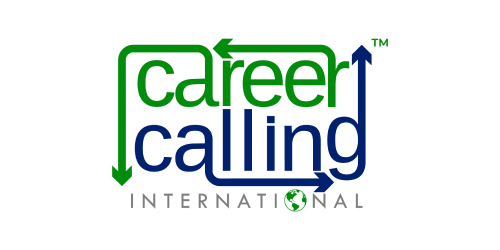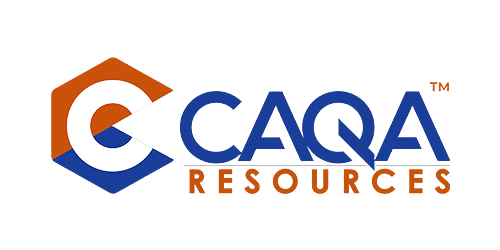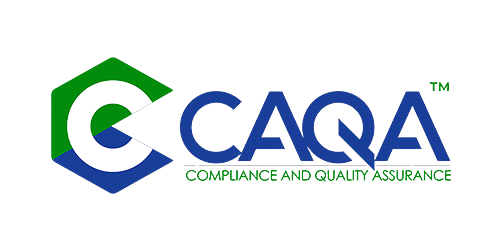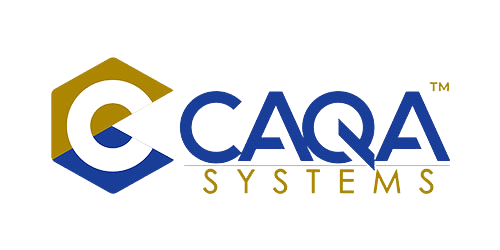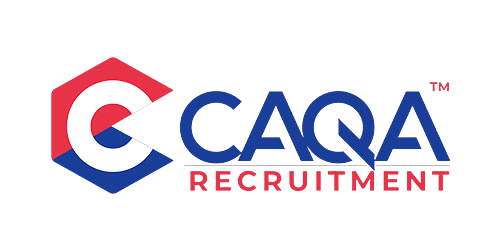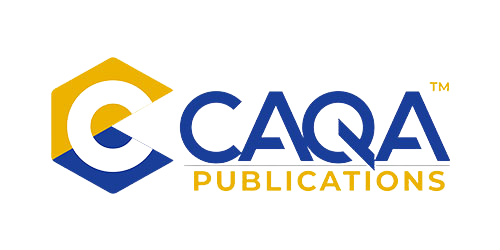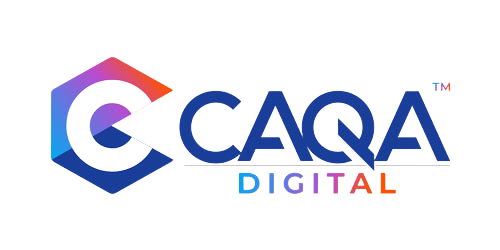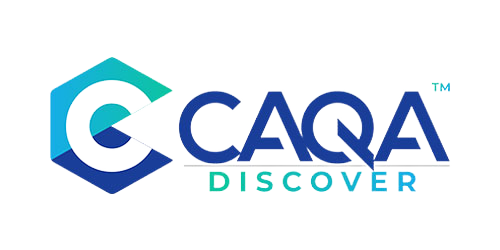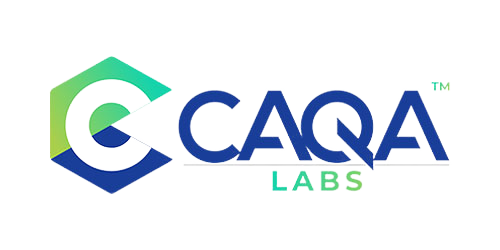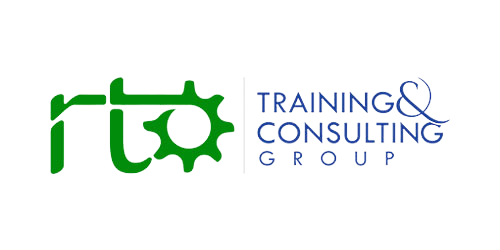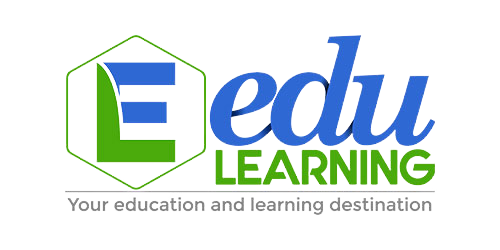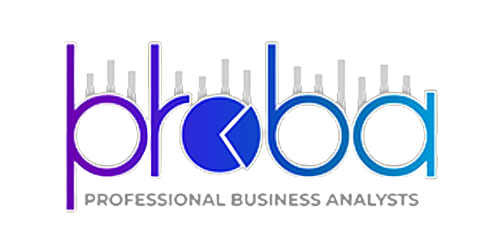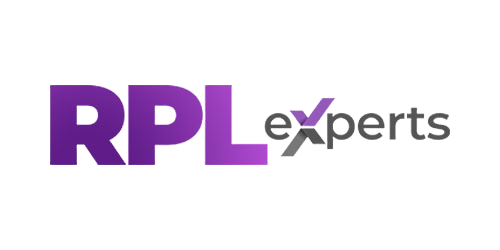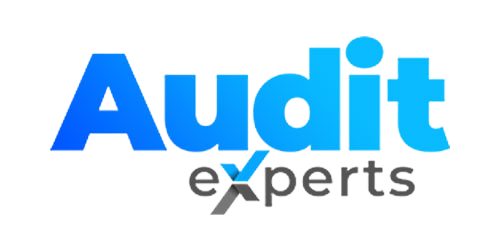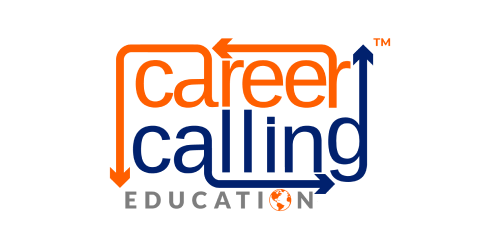Validation sits at the heart of confidence in Australian VET. It is the discipline that tests whether assessment systems truly produce sound, consistent competency decisions and whether the evidence on record actually supports those decisions. Under the Standards for RTOs (2025), validation has matured from a periodic check-up into a continuous, risk-based self-assurance engine that touches governance, assessment practice, workforce capability, and industry trust.
Validation today: from product check to system assurance
In earlier eras, validation was often treated as a retrospective spot-check of a handful of completed assessments. The 2025 approach reframes validation as an examination of the whole assessment system—how tools, processes, assessor practice, and evidence interact to deliver reliable competency outcomes. That means moving beyond “Are these three judgment records okay?” to “Does our system, in aggregate, keep judgments consistent, fair, current and defensible—every time and for every learner?”
What changed is not just frequency or formality; it’s intent. Validation now asks RTOs to prove that their assessment system works at scale, for diverse cohorts and delivery modes, and in line with contemporary industry expectations.
What good validation actually tests
A mature validation framework probes four layers of assessment quality:
-
Standards alignment
Does the assessment design, mapping and evidence strategy reflect the full breadth of the unit or skill set—elements, performance criteria, performance/knowledge evidence, foundation skills, conditions and any licensing nuances? Are contextualisations faithful to the intent of the training product? -
Assessor decision-making
Do different assessors, using the same tools and benchmarks, arrive at consistent outcomes? Are decision rules clear, observable behaviours explicit, and model answers/marking guides sufficiently detailed to minimise assessor drift? -
Evidence sufficiency and integrity
Across methods and attempts, does the portfolio of evidence truly meet the rules of evidence? Are authenticity checks proportionate to risk (particularly for workplace, online, and third-party evidence)? Is the evidence recent enough to be current, especially where technology or regulation moves quickly? -
System reliability over time
Are outcomes consistent across cohorts, sites, and delivery modes? Do moderation data, complaints, industry feedback, completion rates, and reassessment patterns tell the same story? Are improvements genuinely implemented and then re-validated?
Risk-based validation: choosing what to validate—and when
The 2025 settings encourage intelligent scheduling rather than mechanical timetables. A practical, risk-based plan typically weighs:
-
Delivery risk: new on-scope products, new modes (e.g., online, workplace intensive), or new sites.
-
Outcome risk: low completion rates, high reassessment volume, unusual grade distributions, employer concerns, or licensing implications.
-
Cohort risk: vulnerable learners, high-stakes employment pathways, or very large enrolments.
-
Change risk: updated training products, technology changes, or revised industry practice.
Many RTOs now maintain a validation heat map that assigns risk scores and drives a living five-year plan, updated each quarter. The higher the risk, the sooner and more often you validate.
Who validates: credentials, currency, independence
Clarity about validator capability is a hallmark of the contemporary framework. Best practice is to assemble validation panels that collectively provide:
-
Assessment expertise: a VET teaching/assessing qualification or higher education credential in adult/VET education, plus strong assessment design experience.
-
Industry currency: recent, relevant workplace practice (not just historical qualifications).
-
Independence: those who designed, trained or assessed may contribute insight, but should not solely determine validation outcomes. For high-risk or TAE products, bring truly external validators.
RTOs increasingly keep an approved validator register with currency checks, PD logs and signed independence declarations—so provenance is unquestionable during audit.
Validation vs. moderation: different tools, complementary roles
The two are often conflated:
-
Moderation aligns assessor judgments before or during a delivery period by calibrating how benchmarks are applied.
-
Validation confirms—after assessment decisions are made—that the system produced sound outcomes.
Treat moderation as a preventative control and validation as a detective control. Using both reduces drift, closes gaps faster, and strengthens your evidence trail.
What to include in a defensible validation pack
A robust pack for each validation activity typically contains:
-
The scope (product/unit, site, delivery mode(s), cohort period).
-
The rationale (risk drivers that triggered this activity).
-
The panel (names, credentials, independence statements).
-
The method (how samples were chosen, how many, which cohorts, which assessors).
-
The artefacts reviewed (mapping, tools, assessor guides, samples of student evidence, third-party reports, moderation notes, and complaints data).
-
The findings (alignment gaps, benchmark clarity, evidence sufficiency, integrity controls, assessor consistency).
-
The actions (what will change, by whom, by when).
-
The verification plan (how you will check the fix worked and when you will re-validate).
Keep it concise, traceable, and version-controlled. Auditors and quality committees should be able to follow the logic from risk → review → finding → fix → verification.
Making sampling meaningful (without hiding behind statistics)
Rather than defaulting to a blanket quota, use purposeful sampling that reflects your risks and delivery realities:
-
Pull across assessors, sites and modes so you can see variability.
-
Include borderline cases and reassessments to test decision rule resilience.
-
Sample third-party and workplace evidence was used to check authenticity and sufficiency.
-
In digital contexts, sample log data (timestamps, attempts) is used to look for anomalies indicating integrity concerns.
Document why the sample is fit-for-purpose for the risks at hand—and show that you expand the sample when the first pass reveals concerns.
Turning findings into improvements (and proving they stuck)
Validation is only as valuable as the change it triggers. Close the loop by:
-
Logging findings in a central improvement register with a clear owner, deadline and success criteria.
-
Updating affected artefacts—assessment tools, mapping, assessor guides, handbooks, TAS entries, third-party templates—and tagging the version.
-
Delivering targeted PD or calibration to assessors and workplace supervisors.
-
Scheduling a follow-up validation or focused moderation to verify the change worked.
-
Reporting outcomes to governance—quality committee, executive, or board—so leadership sees risks reducing over time.
The acid test is traceability: can you show that a validation insight translated into a specific change, and that the next cohort’s results and evidence improved as predicted?
Practical governance architecture for validation
Strong RTOs bake validation into their operating model:
-
Policy & procedure: define scope, triggers, independence, panel formation, sampling logic, documentation and escalation.
-
Annual plan: integrate with internal audit, moderation, trainer currency checks, and industry engagement cycles.
-
Dashboards: track status against plan, overdue actions, recurrent findings, and high-risk clusters.
-
Committee oversight: a quality or academic committee reviews packs, challenges rationales, and signs off on closure and re-validation.
-
Records & retention: preserve packs, artefacts, and change logs for the required retention period—digitally indexed for rapid retrieval.
Special contexts that deserve extra validation attention
Licensing and regulatory outcomes
Where a unit or qualification has licensing implications, involve industry/licensing stakeholders, validate more frequently, and scrutinise authenticity and conditions of assessment with particular care.
Workplace delivery and third-party evidence
Confirm host site suitability, supervisor capability and objectivity. Validation should stress-test third-party reports for observable behaviours, not just attendance or generic praise.
Online and blended assessment
Inspect identity controls, digital accessibility, data integrity, and the reliability of remote observation. Validate that instructions and benchmarks translate cleanly to online contexts.
RPL pathways
RPL needs its own validation attention: are instruments eliciting comparable evidence of competence, are authenticity checks clear, and are assessors applying benchmarks consistently?
Building validator capability across your workforce
Capability is the limiter in most validation frameworks. Lift it deliberately:
-
Micro-PD on assessment mapping (what “full coverage” really looks like).
-
Calibration workshops using anonymised evidence sets to practice applying benchmarks.
-
Industry currency placements for assessors and validators in fast-moving sectors.
-
Communities of practice to share tricky cases, emerging risks and sector interpretations.
Treat validation as a professional craft, not an administrative chore. The quality of your validators will determine the quality of your judgments.
A practical 12-month validation rhythm (example)
-
Quarter 1: High-risk qualifications (licensing, large cohorts) and any product with recent complaints or employer concerns.
-
Quarter 2: New-to-scope products after first delivery cycle; units with low completion or high reassessment rates.
-
Quarter 3: Workplace-heavy products, including RPL cohorts and third-party arrangements.
-
Quarter 4: Online/blended products and any follow-up re-validation to verify fixes.
Each quarter, refresh your risk data and re-rank the queue. The plan is live, not laminated.
Common failure modes—and how to avoid them
-
Paper-only validation: Packs exist, but no visible change follows. Fix: tie actions to owners, deadlines, and follow-up validation; report to governance.
-
Narrow scope: Only a few clean files reviewed. Fix: include borderline cases, mixed assessors, and varied delivery contexts.
-
Unclear benchmarks: Assessors improvise. Fix: enrich assessor guides with decision rules, model answers and observable behaviours.
-
Weak independence: Designers assess their own work. Fix: diversify panels and record independence declarations.
-
Industry vacuum: Tools drift from real practice. Fix: bring recent industry experts into panels and act on their feedback.
The pay-off: credibility, confidence, and fewer audit shocks
Done well, validation reduces rectifications, improves graduate job-readiness, strengthens employer partnerships, and builds an evidence trail that stands up under scrutiny. Most importantly, it delivers on the promise of vocational education: that a competency sign-off means the holder can do the job, safely and to the expected standard—today, not five years ago.
The 2025 Standards invite RTOs to move past ritual and into rigorous self-assurance. Treat validation as your engine room for quality, not a date on a calendar, and it will repay you with consistency, integrity, and trust—cohort after cohort, site after site, year after year.







